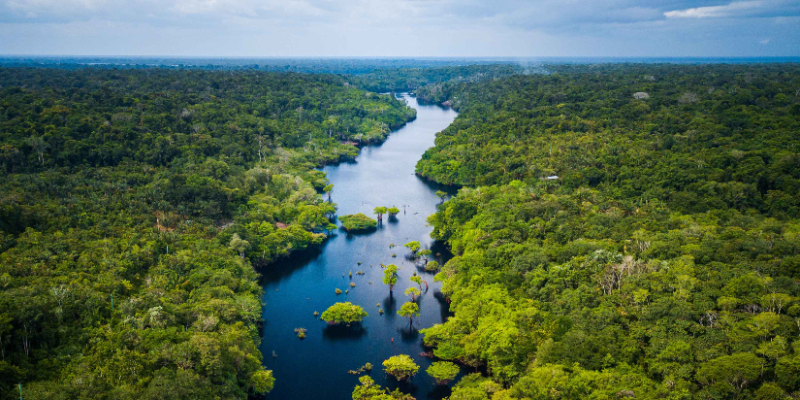

Completing the Picture: Climate Reporting with GRI and IFRS Standards
Enroll today!
Take the next step in your professional development and help shape a more sustainable future.
Download the course brochure below for more details.
Course Content
Organizations need to understand how climate change affects their activities and how their actions impact the climate. In this part, you will explore the urgency of climate disclosure, who is asking for it and how it connects to reporting.
You will learn about the key elements of comprehensive climate reporting, from GHG emissions calculation to transition and adaptation planning, and better understand the importance of keeping people at the center of climate action.
The two climate standards, GRI 102: Climate Change 2025 and IFRS S2: Climate-related Disclosures, take different approaches to reporting. You will learn how to use them to communicate climate-related information in a way that meets the expectations of regulators and stakeholders.
Organizations need to turn their knowledge into action. In this part, you will learn how to begin your climate reporting journey and how to avoid common pitfalls along the way.
A real-world example from an organization already reporting on climate will give you practical ideas to apply in your own work.
Who is this course designed for?
This course is designed for reporting practitioners who are beginning their climate reporting journey and want—or are required—to report on climate using both the GRI and IFRS Standards. Other stakeholders interested in climate reporting, such as academics, investors, civil society, and government representatives, might also find it useful.
What will you achieve?
When you have completed this course, you will be able to:
Pre-requisites
There are no pre-requisites for this course.
